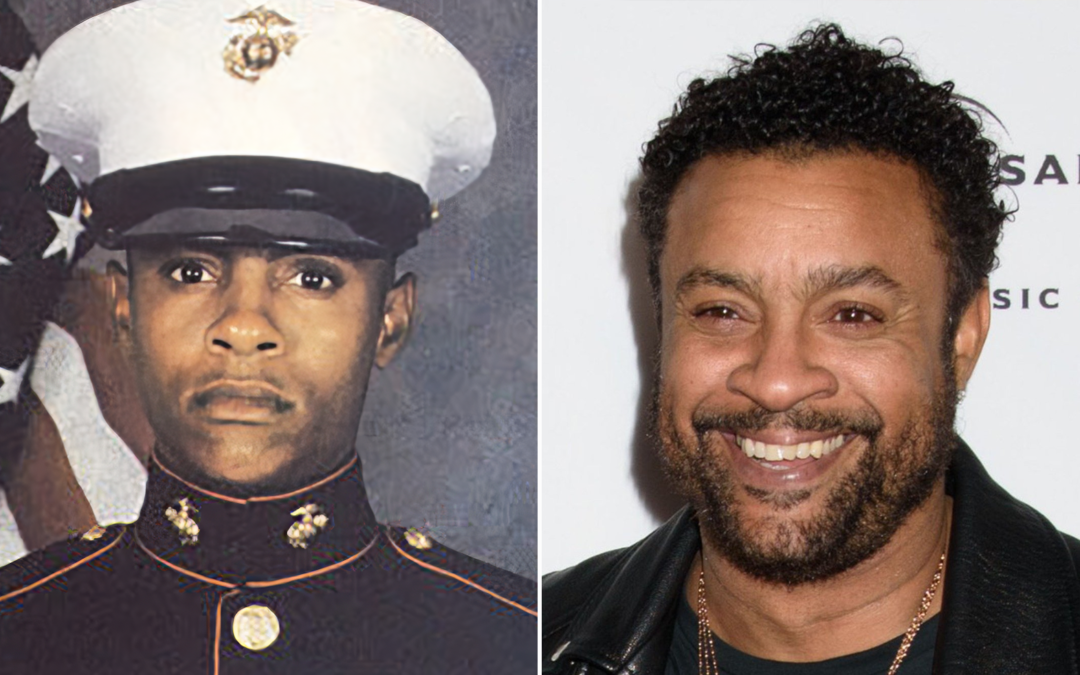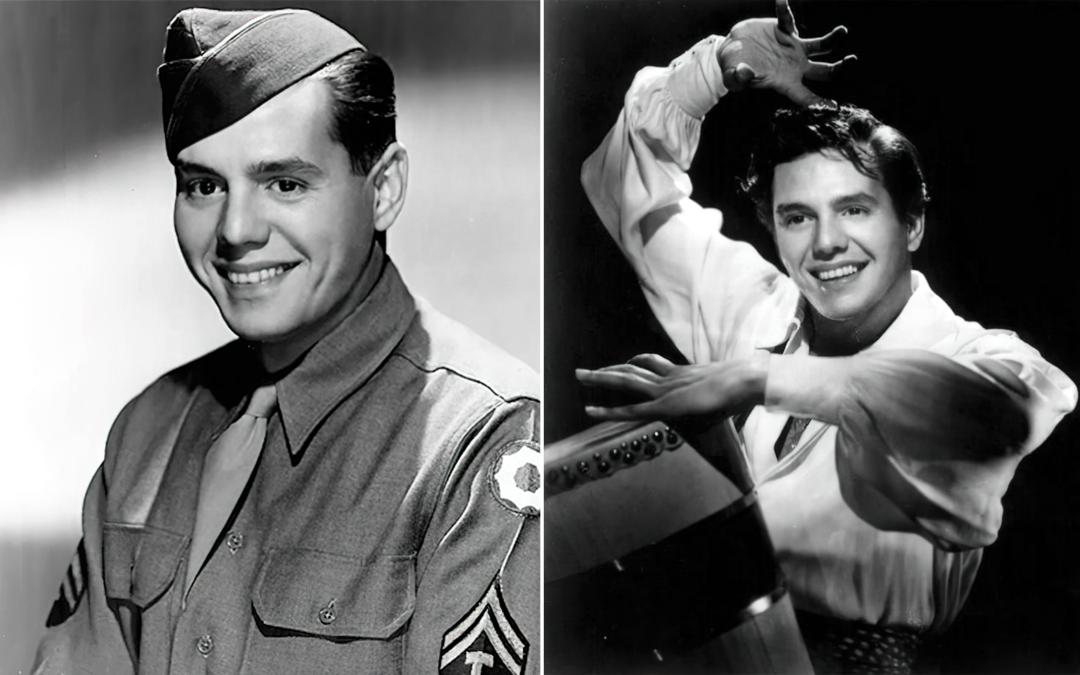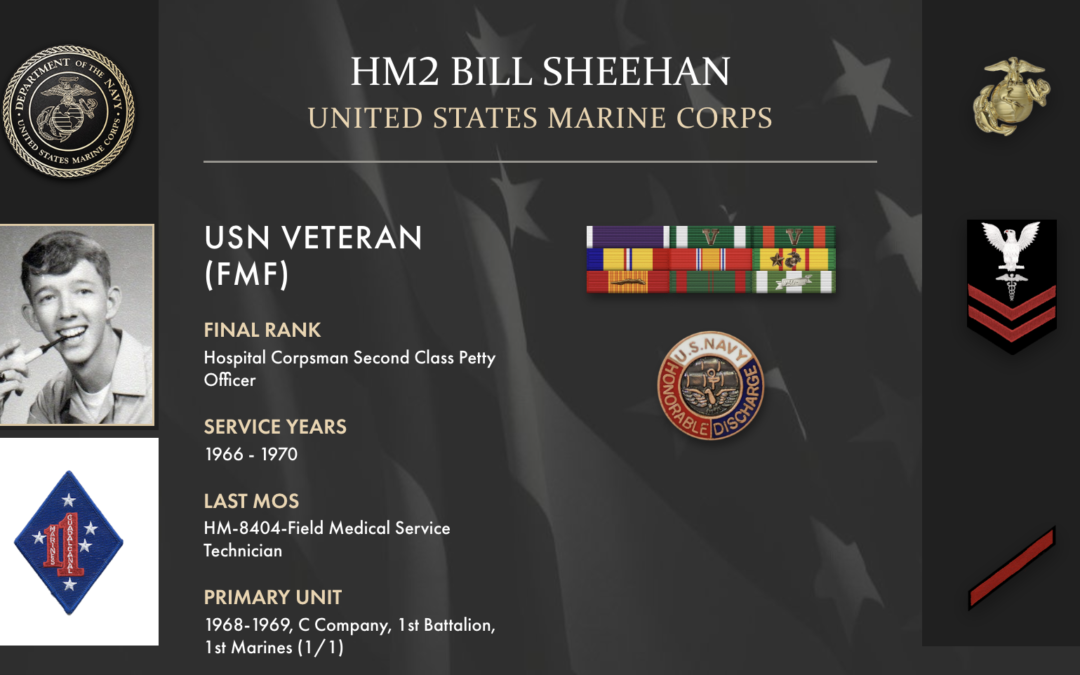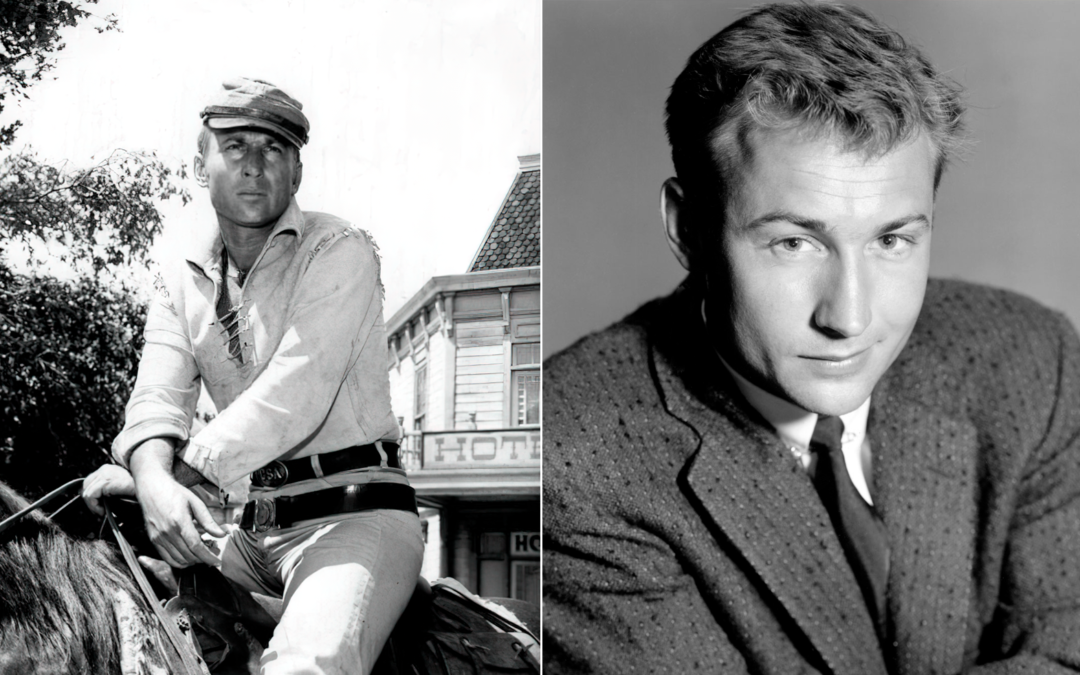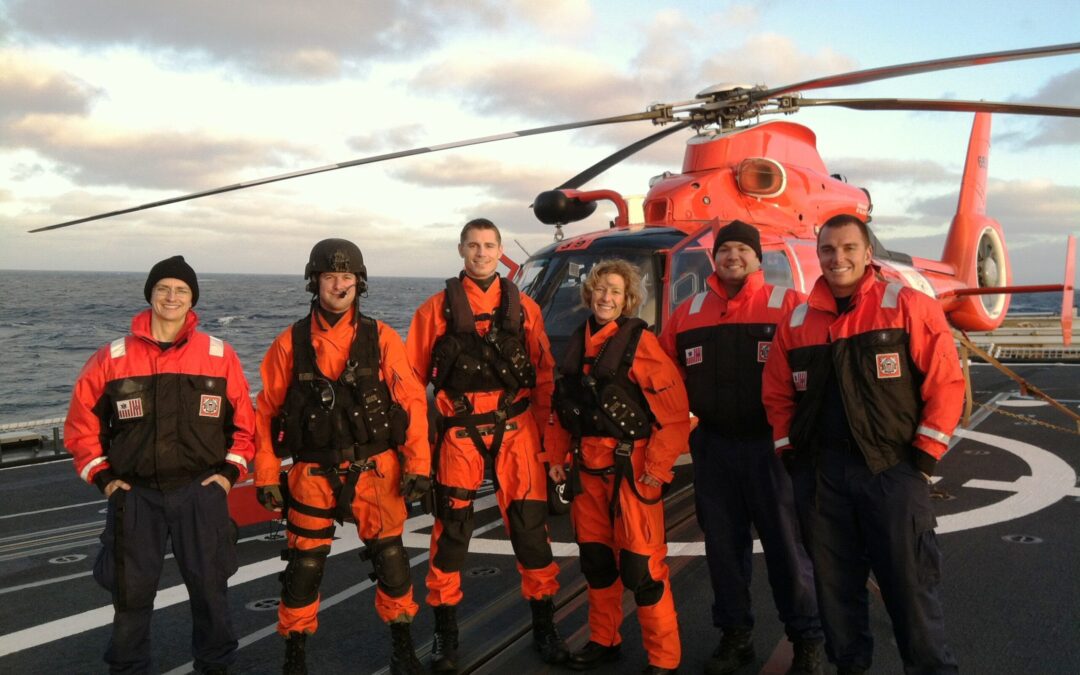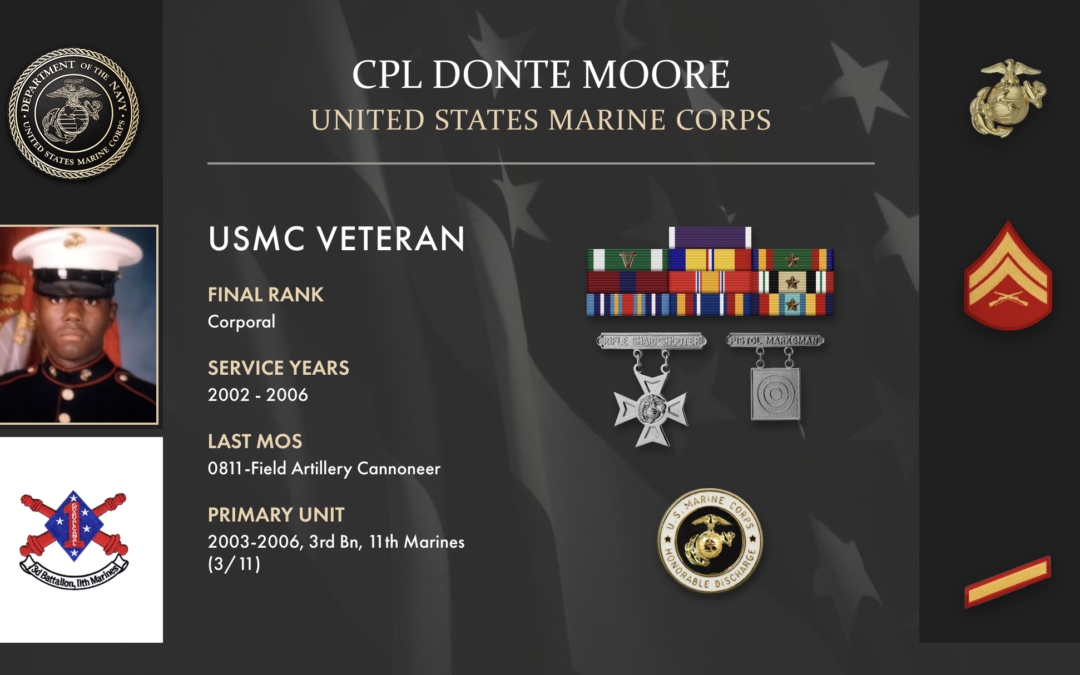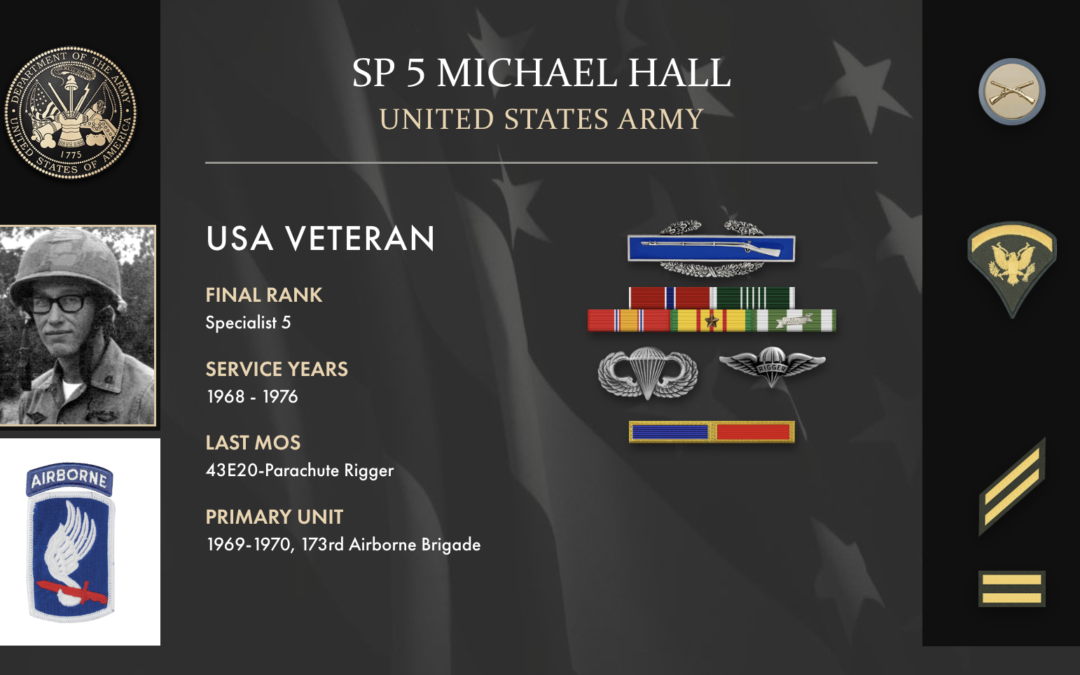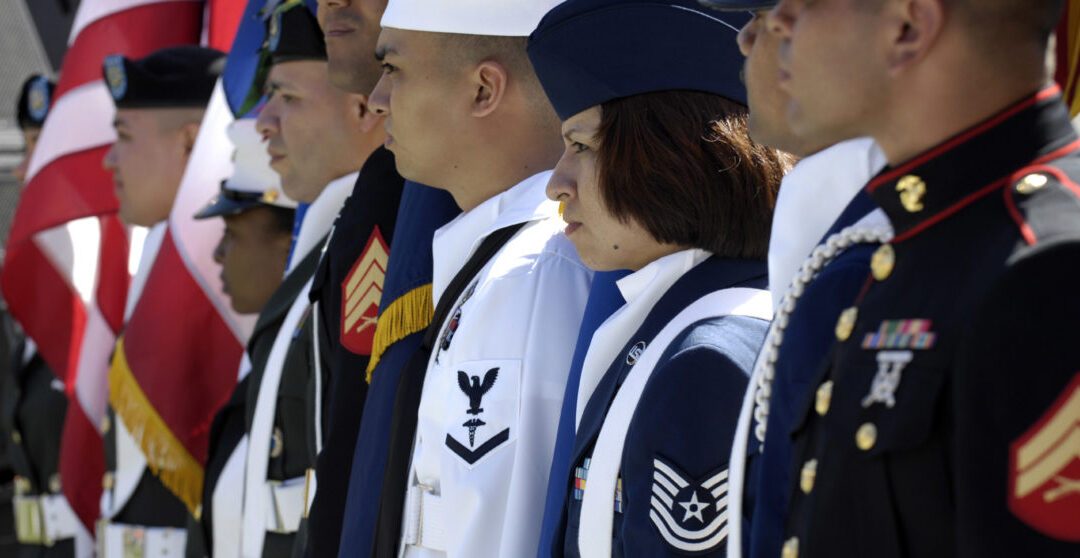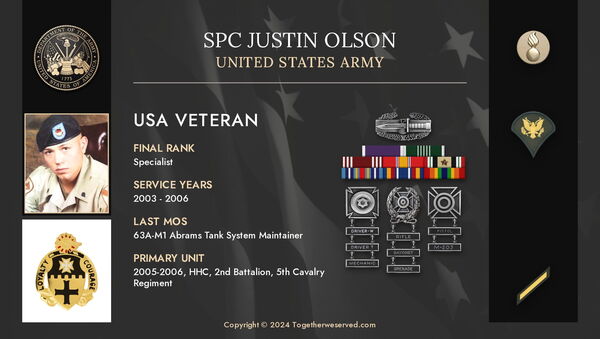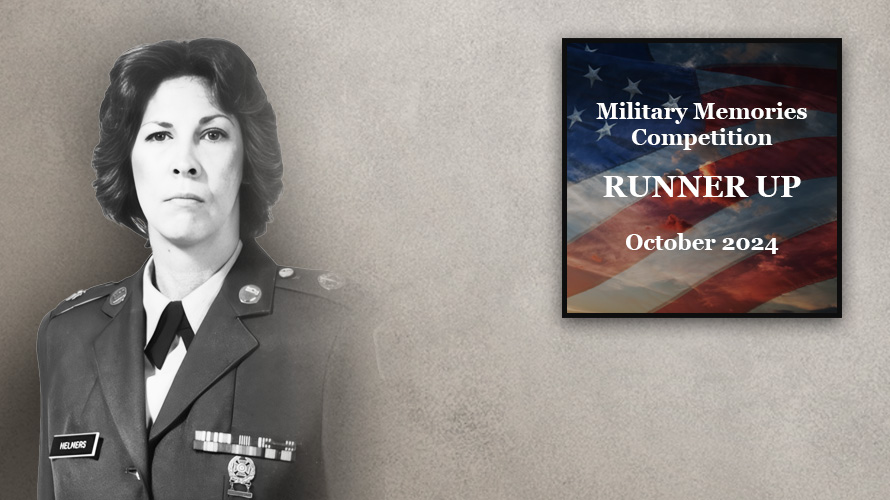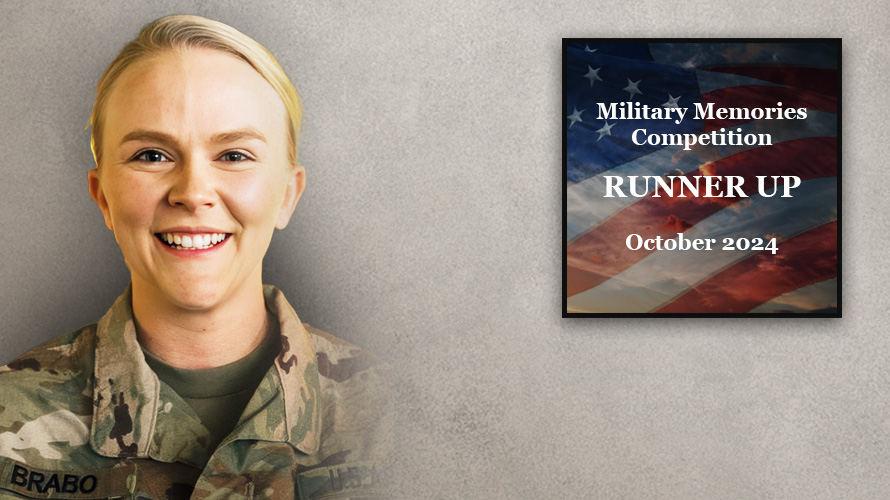Orville Richard Burrell, also known as Shaggy, who served on the US Marine Corps between 1988 and 1992, came to live in Brooklyn as a teenager after leaving his home of Jamaica. While he showed early musical promise, he was in need of steady income, and the Marines were happy to take him. Born on October 22 1968 in Kingston, Jamaica, Orville took singing lessons as a teen and discovered a natural talent. He earned the nickname ‘Shaggy’ because of his untamed hair, after the Scooby-Doo...
